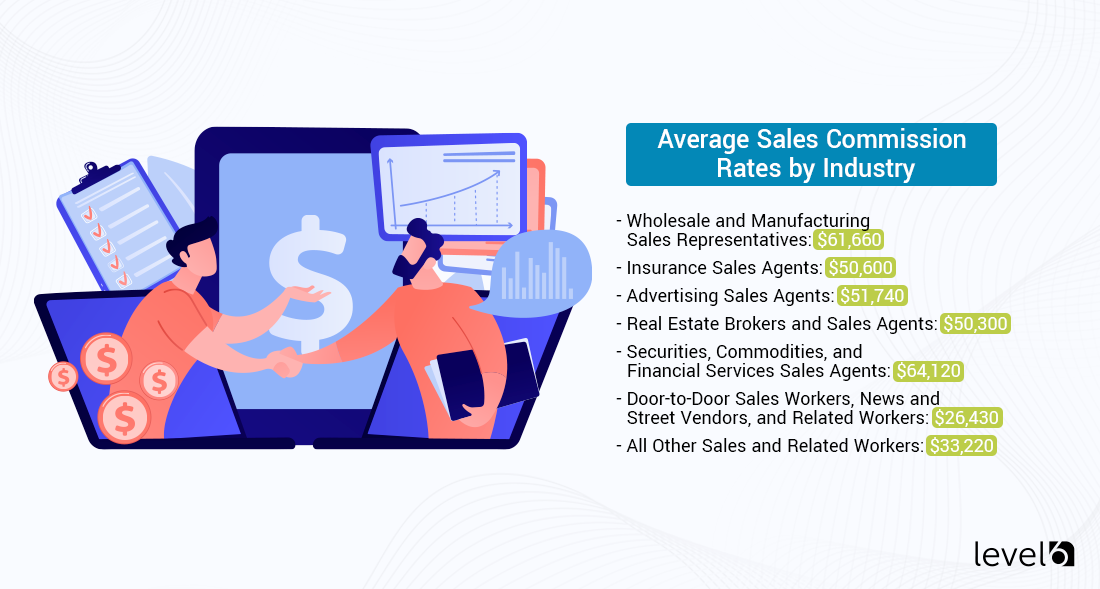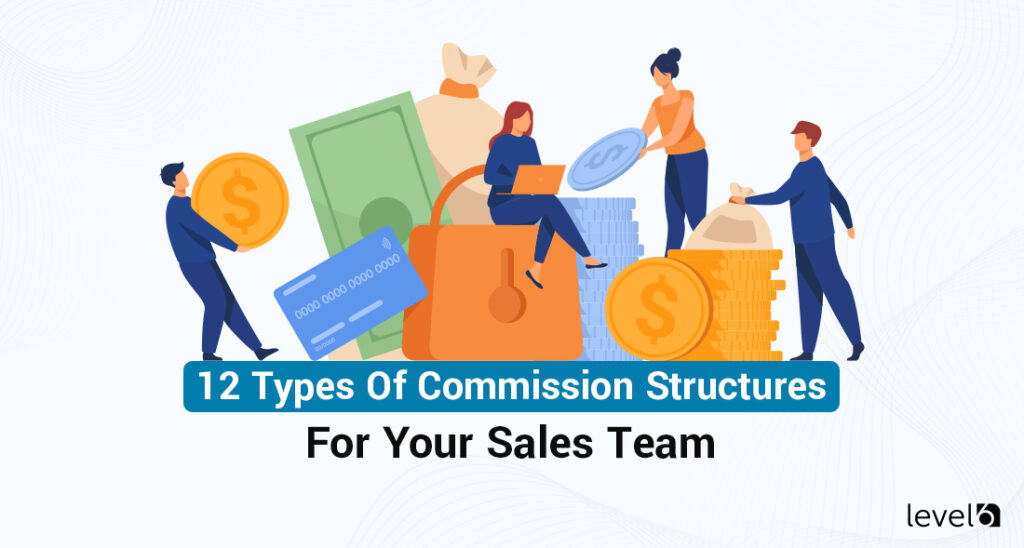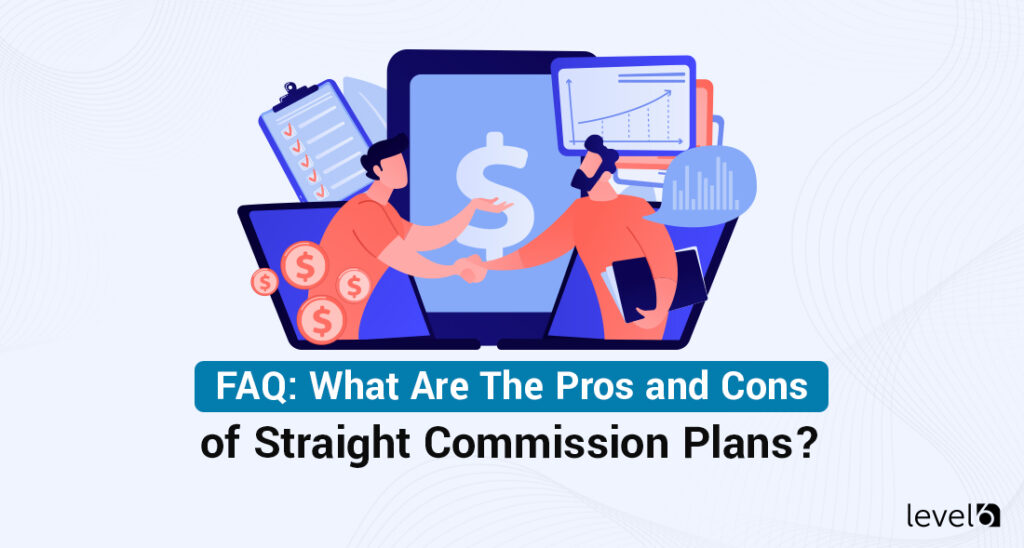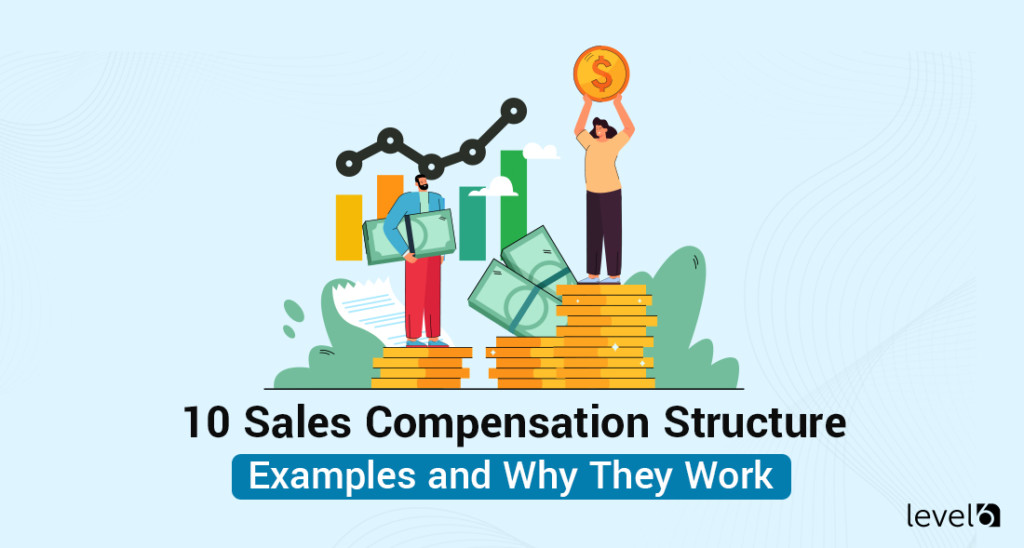How to Optimize Your Sales Commission Rates by Industry
The last few years have seen a nearly unprecedented shift in the labor markets. The “Great Resignation,” a push for unionization and stronger labor rights protections, and other factors have led to many formerly-solvent companies struggling to retain employees.
One of the more challenging areas is sales. Employees are pushing for better work/life balances, better compensation, and more safety practices. One of the more compelling reasons employees stay with a company is a higher salary, but this isn’t easy in sales when many sales positions operate on a commission structure.
Thus, if your business struggles to retain sales staff, you have two options. You can move away from a commission structure and towards a more standard salary, or you can work to optimize your commission rates to be more attractive to sales team members.
Both methods have pros and cons, but today we’ll be discussing optimizing commission structures for your specific industry. A shift away from commissions requires a more significant change and shouldn’t be taken lightly.
Let’s get started!
The Challenge of Optimizing Commission Rates
Many pressures on commission structures need to be considered when adjusting rates:
- The specific line depends on many different factors, including how difficult it is to close a deal. Commissions must be high enough to be compelling to sales staff. If your commission rates are too low, you end up in a situation where employees feel the amount of work necessary to earn a commission isn’t worth the amount the commission pays.
- A commission that is too low will not be worth pursuing. Moreover, it leaves plenty of room for other companies to poach your talented sales staff. Research has shown that as little as a 10% increase in pay is enough to get nearly half of all employees to leave their current company. This 10% increase can be more compelling commissions or in baseline salary.
- This section is the other side of the coin: commissions must be low enough to leave room to use profits for different business areas. If you pay too much in commissions to your sales team, it may leave too little funds to be reinvested in the business. We don’t just mean funneled to executive salaries – which are a whole other pressure – but from a simple mathematical point of view. If a sale is worth $1000 in profit, and $800 of that goes to the sales member’s salary and commission, there’s very little to cover other payroll, business expenses, and improvements.
- It would help if you structured commissions correctly to avoid extreme competition within sales. If commissions are too valuable, sales become cutthroat. Team members may attempt to steal leads, sabotage, or claim closing on a sale to earn the commission even when they didn’t do most of the work. This phenomenon is an example of an inherent flaw in a commission-based system, but it is exacerbated when commissions are too high.
- Finally, remember that commissions aren’t the only way you can motivate your employees. Commissions and other incentives are just one facet of a complex motivational structure that includes intrinsic qualities and desires.
An extrinsic reward can motivate certain employees, but many employees may be motivated by more than simple money.
What are the Average Commission Rates?
Commission rates for sales vary heavily. They change depending on factors such as:
- The difficulty of closing on a sale.
- The length of time it takes to close on a sale.
- The complexity of the sales cycle.
- The experience level necessary to properly engage with a potential customer.
- The level of support a sales rep has in the sales process.
- What other departments and employees have a hand in a sale.
On the low end, sales representatives might earn a commission of 5% of the value of the sales they close on – this does not necessarily mean your representatives are poorly-compensated, however. If the average sale is in the 6 figure range, a 5% commission would be huge. Instead, it’s most common amongst teams with a high base salary. In these instances, sales representatives have enough pay for living a comfortable life, and the commission is an added incentive to push for what is, essentially, a bonus.
Looking to learn more about an incentive, rebate
or reward program for your business?
Curious about costs?
Try our instant pricing calculator:
As you might expect, commission structures tend to follow a bell curve. At the peak of the curve, you will generally find commissions in the 20-30% range. These tend to have a lower base salary, where employees are expected to close a certain number of sales each month to achieve a level of pay equivalent to a comparable non-sales role.
At the high end for commissions, some companies offer rates as high as 40-50%. While this may sound extreme, they tend to crop up in one of two situations. First, the companies offer a low base salary and rely on commissions for employees to be paid adequately – this is, in many ways, similar to restaurant culture that pays workers based on tips.
The other situation is where the average sale may take a long time and requires a high level of technical knowledge, experience and directly working with potential customers throughout the entire sales journey. These individual sales are generally high-value enough that closing only one or two of them per month is more than enough to compensate sales members.
There are also commission-based structures that rely on volume over value. Affiliate marketing, for example, pays solely in commissions, sometimes with meager rates (often under 1%). Still, the average affiliate marketer expects to be largely passive in their sales while closing hundreds of sales per month. It’s not comparable to a sales role, however.
In terms of raw monetary compensation, here are some figures from a HubSpot study. Remember, however, that these numbers do not necessarily represent your company’s situation, even if you’re in the same industry. Different structures and different motivational influences can make these numbers vary dramatically.
Wholesale and Manufacturing Sales Representatives: $61,660
Insurance Sales Agents: $50,600
Advertising Sales Agents: $51,740
Real Estate Brokers and Sales Agents: $50,300
Securities, Commodities, and Financial Services Sales Agents: $64,120
Door-to-Door Sales Workers, News and Street Vendors, and Related Workers: $26,430
All Other Sales and Related Workers: $33,220
The source study also goes into more detail about the usual kind of commission structure used in these industries.
Tips for Optimizing Sales Commissions
To optimize sales commissions, you must first have a goal you want to optimize.
Note: What we might consider “optimal” can vary from company to company, depending on the average sale amount, closing difficulty, and volume.
1. Determine your optimal performance benchmarks.
The first thing you need to do is figure out the right balance, for your company, between base salary and commissions.
You need to:
- Offer competitive compensation for your sales staff to foster loyalty, motivation, and performance.
- Offer enough in commission to encourage proactive sales without adverse repercussions.
- Leave enough room in sales profits to adequately fund the rest of your business and pursue other improvement initiatives.
You can do the math with your business situation, and you can analyze your closest equivalent competition to look at their structures to benchmark your own. Both can be good sources of information.
2. Avoid capping salaries or total commission value.
A common pitfall amongst companies is an attempt to equalize commission success. One high-performing sales leader could dominate the team, leading you to think, “Hey, leave some for the rest of the team!” This phenomenon then leads to caps that force the high performers to dial back, presumably to spread sales across the rest of the team.
Make no mistake; it can be demoralizing for sales staff to see one person poach all of the easy leads and be rewarded for it while they struggle; it can also be a bad idea to inhibit the success of your top performers.
Consider: once your high performer reaches their cap, they have no further incentive to sell until it resets – this may reduce the compensation disparity between sales staff and inhibit your business’s performance.
Conversely, uncapped commissions can be a sign of a poor sales environment. Many of the shadiest MLMs and commission scams promote unlimited potential while failing to acknowledge that individual sales are complicated and base compensation is nonexistent. Make sure that your messaging and structure don’t put you in bad company.
3. Keep your commission system simple and fixed.
Sliding fee structures, performance rate adjustments, and qualification changes can all make a commission structure vastly more complex – this has a suppressive effect on both your sales team and your payroll department, who have to navigate that complexity to pay appropriately.
You want your sales team to know that if they do X, they will earn Y – this is why a simple percentage or a flat rate per sale is often the go-to commission structure.
You also want to stick with your structure. Each time you change commission structures, you change the reality under which your sales team works. Some will appreciate it, while others may choose to leave because of it. A static structure is best for stability and sales team loyalty.
4. Pick the proper commission structure.
Part of optimizing your sales commission rates is picking a structure that works best. Above, we mentioned the balance between base salary and commission; this is your primary decision.
Structures include:
- Salary + commission. This structure is a conventional system wherein sales staff are paid a base rate and a commission on each sale. Generally, the baseline is a 60/40 ratio, where 60% of the sales staff’s overall compensation is expected to be their base salary. Exact values depend on your sales projections and the raw value of a commission.
- Full commission. This structure is a relatively rare structure wherein sales members earn nothing if they do not sell – it works well for a small subset of sales leaders who perform exceptionally well but is highly unstable for most businesses and can put your revenue streams at risk when there are any significant changes to the industry, the performance of your product, or your sales staff.
- Relative commissions. In this structure, sales reps are given a base salary and a capped commission bonus that depends on sales volume rather than sales value. It’s more stable and reduces employee turnover, but it’s also limited and dissuades high earners.
- Tiered commissions. In this structure, commission value changes depending on sales volume and the total value of each sale. Usually, this is performance-based; once sales reps hit specific individual or collective goals, commission rates go up – this is very easy to overdo in terms of complexity but can be very enticing for teams of dedicated sales staff.
- Residual commissions. This structure is usually based on companies selling subscription services rather than individual products. Sales staff earn ongoing commissions based on the clients they sign up for, leading to stable growth over time.
There’s no correct answer for which kind of commission structure is ideal.
You need to analyze your business situation and determine which one will be most effective for your sales team and business goals.
5. Consider offering additional incentives.
Commission structures have a significant drawback: they need to be relatively fixed. If you change commission structures regularly, your employees don’t feel stable in their earnings. An alternative is to use a fixed commission structure while also offering variable incentives on the side.
We provide customized incentive plans to any company that asks. Incentives can come in the form of checks, gift cards, debit cards, merchandise, or even travel and can be used as employee incentives, recognition rewards, or even customer loyalty programs.
You can click this link to use our pricing calculator or this one to schedule a meeting and demo with us directly. Rest assured that every incentive structure we put together will be customized to your business and your needs, whether you pay a traditional salary, a commission structure, or something in between. With over a decade of experience in providing valuable, high-performing inventive plans, you can trust us to help you set yours up.
Do you have any questions about structuring commissions and sales incentives for your sales team? How do you structure those incentives within your organization, and are you considering a change? Please share with us in the comments below, or reach out to us today for a free consultation!

Claudine is the Chief Relationship Officer at Level 6. She holds a master’s degree in industrial/organizational psychology. Her experience includes working as a certified conflict mediator for the United States Postal Service, a human performance analyst for Accenture, an Academic Dean, and a College Director. She is currently an adjunct Professor of Psychology at Southern New Hampshire University. With over 20 years of experience, she joined Level 6 to guide clients seeking effective ways to change behavior and, ultimately, their bottom line.
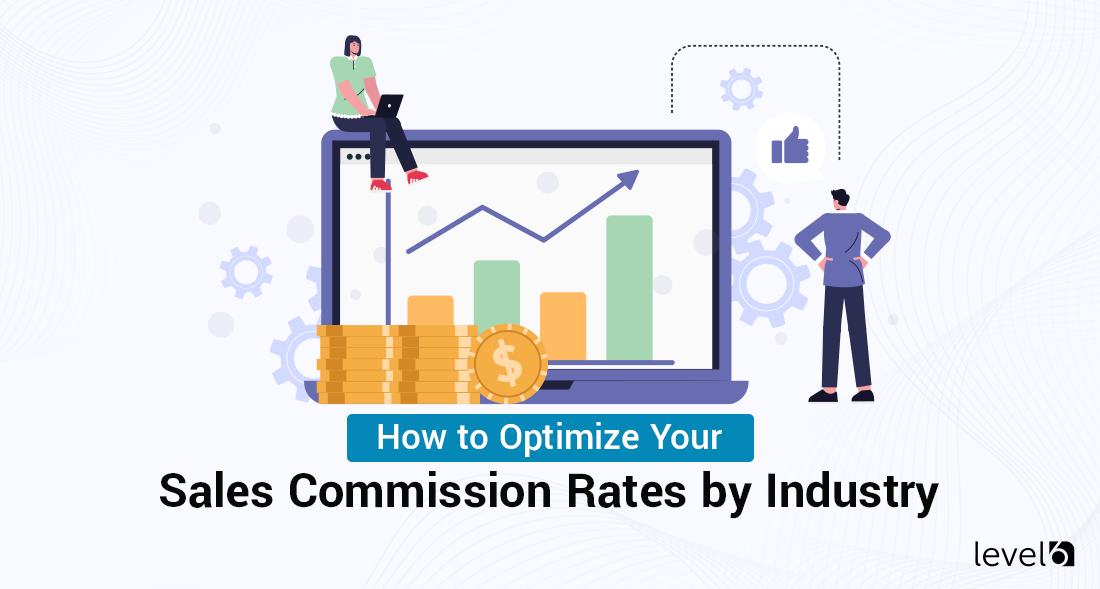

 Demo
Demo